How to Remove Wrinkles From Face Naturally at Home
Wrinkles are lines, folds, or creases that naturally develop on the skin as we age. They occur when the skin loses its elasticity and firmness, often becoming more prominent with time. Wrinkles can appear as fine lines or deep creases and typically form in areas that experience frequent movement or sun exposure, such as the face, neck, hands, and arms.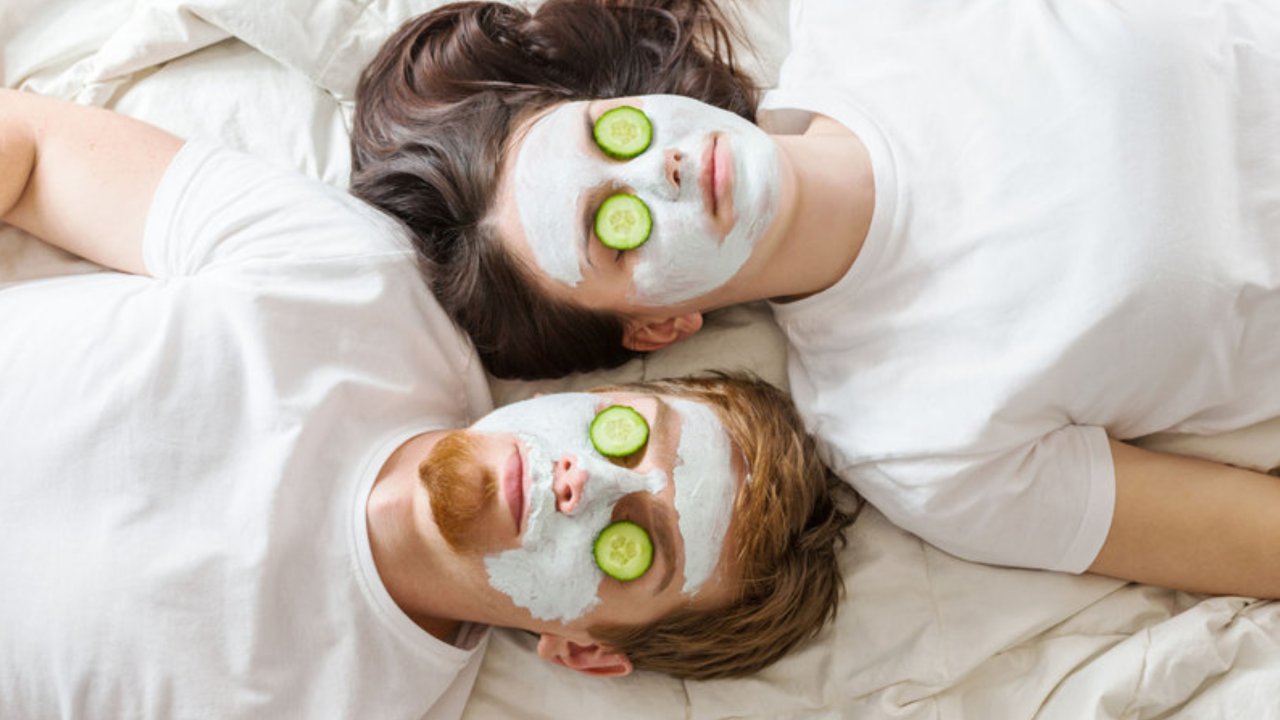
While they are a normal part of the aging process, their onset and severity can vary depending on a number of factors, including genetic predisposition, environmental influences, and lifestyle choices. The skin’s ability to regenerate and maintain moisture diminishes over time, leading to the gradual breakdown of its structural components, which results in the visible formation of wrinkles:
- Aging: As we age, the skin loses collagen and elastin, the proteins that provide structure and elasticity. This results in a thinning of the skin, making it more prone to sagging and wrinkling.
- Sun Exposure: Ultraviolet (UV) radiation from the sun accelerates skin aging by breaking down collagen and elastin. Prolonged exposure to the sun without protection leads to photoaging, a significant cause of wrinkles.
- Genetics: Our genetic makeup plays a crucial role in determining how our skin ages. If your parents experienced early signs of aging or wrinkles, it’s likely that you may have a similar experience.
- Lifestyle Factors: Smoking, poor diet, stress, and lack of sleep can also contribute to premature skin aging and the formation of wrinkles.
- Environmental Factors: Pollution and harsh weather conditions can damage the skin and contribute to the breakdown of its supportive structures.
Importance of Natural Home Remedies to Reduce Wrinkles
While wrinkles are an inevitable part of life, many people seek ways to slow down their appearance or reduce their visibility.
Natural home remedies offer an affordable and accessible alternative to commercial skincare products and treatments. These remedies are often gentle on the skin, use ingredients that are readily available, and avoid harsh chemicals that can irritate sensitive skin.
Home remedies can help promote collagen production, improve skin hydration, and protect the skin from further damage. They also allow individuals to take a proactive role in their skincare routine using simple, natural ingredients like oils, honey, and herbal infusions.
Ultimately, natural remedies offer a holistic approach to addressing wrinkles and promoting healthier, more youthful-looking skin.
General Skin Care Tips to Prevent Wrinkles
Taking proactive steps in skincare can significantly reduce the appearance of wrinkles and help maintain healthy, youthful-looking skin. Here are some essential tips to prevent wrinkles:
1. Hydration:
One of the most important steps to maintaining healthy skin is staying hydrated. Drinking plenty of water throughout the day ensures that your skin remains moisturized from the inside out.
Dehydrated skin is more likely to show fine lines and wrinkles, so keeping your body well-hydrated helps maintain skin elasticity and a smooth complexion.
Additionally, using a good moisturizer on the skin’s surface locks in moisture and prevents dryness, which can accelerate the formation of wrinkles.
2. Balanced Diet:
The food you consume plays a critical role in the health of your skin. A diet rich in antioxidants—specifically vitamins C and E—helps to neutralize free radicals that can damage skin cells and promote aging.
Vitamin C is essential for collagen production, helping to keep the skin firm and plump, while vitamin E has anti-inflammatory properties that protect the skin from oxidative stress.
Additionally, consuming omega-3 fatty acids found in foods like fatty fish, flaxseeds, and walnuts helps to maintain the skin’s moisture barrier, preventing dryness and enhancing elasticity.
A balanced diet also provides the essential vitamins and minerals needed to support overall skin health, making it a key part of any anti-wrinkle regimen.
3. Sun Protection:
Sun exposure is one of the leading causes of premature wrinkles, so protecting your skin from the sun is vital for preventing damage.
Apply a broad-spectrum sunscreen with an SPF of at least 30 daily, even on cloudy days, to shield the skin from harmful UV rays that can cause both immediate and long-term damage.
Sunscreen helps to prevent photoaging, the process that accelerates wrinkle formation and skin discoloration due to UV radiation.
Additionally, wearing protective clothing, hats, and sunglasses, as well as seeking shade, can further minimize exposure to the sun and keep the skin looking youthful for longer.
By adopting these essential skincare habits—hydrating, maintaining a balanced diet, and consistently protecting the skin from the sun—you can help prevent the onset of wrinkles and preserve the health and appearance of your skin.
Home Remedies for Wrinkles
Natural ingredients found in many home remedies can be powerful tools in the fight against wrinkles. These remedies often help moisturize the skin, boost collagen production, and reduce the appearance of fine lines. Below are a few effective home remedies to address wrinkles:
1. Aloe Vera
Aloe vera is a well-known natural remedy for skin care, prized for its moisturizing and healing properties. It contains polysaccharides that help to retain moisture in the skin, keeping it hydrated and smooth.
Aloe vera also stimulates collagen production, which is essential for maintaining skin elasticity and reducing the formation of wrinkles.
In addition to its moisturizing effects, aloe vera has anti-inflammatory properties that soothe irritated skin, making it ideal for sensitive or sun-damaged skin.
How to Use:
To harness the benefits of aloe vera for wrinkles, apply fresh aloe vera gel directly to your face. You can extract the gel from an aloe vera leaf or use store-bought aloe gel that’s free from added chemicals.
Gently massage the gel into the skin and leave it on for 15-20 minutes. After the time is up, wash it off with lukewarm water. Regular use of aloe vera can promote smoother, more youthful-looking skin and reduce the appearance of fine lines over time.
2. Coconut Oil
Coconut oil is packed with antioxidants, such as vitamin E and polyphenols, which help protect the skin from free radicals that can accelerate the aging process and contribute to wrinkle formation.
It is also known for its deep moisturizing properties, as it helps lock in hydration, keeping the skin soft and supple. Coconut oil contains medium-chain fatty acids, like lauric acid, which have anti-inflammatory and antibacterial effects, making it an excellent option for soothing dry, irritated skin.
By nourishing and hydrating the skin, coconut oil helps to reduce the appearance of fine lines and wrinkles while enhancing skin elasticity.
How to Use:
To use coconut oil for wrinkles, massage a small amount of organic coconut oil onto your face before bedtime. Gently rub the oil in circular motions, focusing on areas where wrinkles are more prominent, such as around the eyes, mouth, and forehead.
Allow the oil to absorb into your skin overnight, as it will help to deeply hydrate and rejuvenate the skin while you sleep. For best results, use coconut oil regularly to keep your skin nourished and visibly smoother.
3. Honey
Honey is a natural humectant, which means it attracts moisture from the air and helps to retain it in the skin, keeping it hydrated and soft. This moisturizing effect is essential for preventing the skin from becoming dry and wrinkled.
Additionally, honey contains a variety of antioxidants that protect the skin from oxidative stress and environmental damage. It also has anti-inflammatory and healing properties, which can help soothe irritated skin, reduce redness, and improve overall skin tone.
Honey also promotes skin elasticity, making it an effective remedy for reducing the appearance of fine lines and wrinkles.
How to Use:
To use honey for wrinkles, apply a thin layer of raw honey directly onto your face, focusing on areas where wrinkles or dryness are most noticeable.
Leave it on for 10-15 minutes to allow the skin to absorb the moisture and nutrients. Afterward, rinse your face with warm water to remove the honey.
Regular use of honey will help maintain skin hydration, improve elasticity, and promote a more youthful appearance.
4. Egg Whites
Egg whites are known for their tightening properties, which can help to firm and smooth the skin. They contain albumin, a protein that tightens the skin and helps reduce the appearance of fine lines and wrinkles.
Egg whites also have an astringent effect, which helps to shrink pores and improve skin texture, making it look more youthful and refreshed.
How to Use:
To use egg whites for wrinkles, whisk one or two egg whites until they become frothy. Apply the mixture to your face, focusing on areas prone to wrinkles.
Leave it on for 15-20 minutes to allow the egg whites to dry and tighten the skin. Once dry, rinse your face with lukewarm water. This treatment can be used a few times a week for visible results.
5. Olive Oil
Olive oil is rich in essential fatty acids, vitamin E, and antioxidants, which help to nourish and regenerate the skin. It promotes collagen production, helping to maintain the skin’s elasticity and reduce the appearance of fine lines and wrinkles. The anti-inflammatory properties of olive oil also soothe the skin, keeping it hydrated and healthy.
How to Use:
To use olive oil for wrinkles, warm up a small amount of extra virgin olive oil in your hands and gently massage it into your face for a few minutes. Focus on areas with noticeable wrinkles or dryness. Leave the oil on overnight for deep hydration and rejuvenation. For best results, use this remedy regularly to maintain soft, youthful skin.
6. Lemon Juice
Lemon juice is packed with vitamin C, which is crucial for collagen synthesis and helps to rejuvenate the skin. Its exfoliating properties can help remove dead skin cells, promoting skin renewal and making the skin look fresh and bright. The natural acids in lemon juice also help to fade dark spots and fine lines over time.
How to Use:
To use lemon juice for wrinkles, dilute freshly squeezed lemon juice with a little water (to avoid irritation) and apply it to your face using a cotton ball.
Leave it on for 10 minutes to allow the skin to absorb the vitamin C. Afterward, rinse your face with lukewarm water. This treatment can be done 1-2 times a week for smoother, more vibrant skin.
7. Banana Mask
Bananas are a rich source of vitamins A, B, and E, along with minerals like potassium, all of which nourish and hydrate the skin. The moisturizing properties of bananas help to soften the skin and improve its texture. Additionally, the antioxidants in bananas protect the skin from free radical damage, which contributes to wrinkles and aging.
How to Use:
To make a banana mask, mash a ripe banana until smooth, then apply the mixture to your face. Leave it on for 15-20 minutes to allow the skin to absorb the nutrients. Afterward, wash your face with lukewarm water. This mask can be used once a week to keep the skin smooth, hydrated, and youthful.
8. Green Tea
Green tea is loaded with antioxidants, particularly polyphenols, which help to rejuvenate the skin by neutralizing free radicals that damage skin cells.
The anti-inflammatory and antioxidant properties of green tea help to calm irritated skin, reduce puffiness, and promote a healthy, glowing complexion. It also aids in boosting collagen production, making it beneficial for reducing wrinkles.
How to Use:
To use green tea for wrinkles, chill green tea bags in the refrigerator and then place them over your eyes for 10-15 minutes to reduce puffiness and rejuvenate the skin around the eyes. Alternatively, you can use cooled green tea as a face mist by applying it to your skin using a spray bottle. This will refresh and hydrate the skin, leaving it looking youthful and revitalized.
Massage Techniques for Wrinkles
Facial Massage
Facial massage is an effective and relaxing method for improving the appearance of wrinkles. Regular massage helps to stimulate blood circulation, which increases the delivery of oxygen and nutrients to the skin, promoting healthier and more youthful-looking skin.
It also helps to boost collagen production, which is essential for maintaining skin’s elasticity and firmness. Facial massage can also relieve tension in the facial muscles, which may reduce the appearance of expression lines.
Methods:
- Start by applying a gentle facial oil or moisturizer to your skin to help your fingers glide smoothly over the surface.
- Using your fingertips, gently massage in upward and outward circular motions. This will help lift the skin and encourage a firmer appearance.
- Focus on key areas such as the forehead, under the eyes, around the mouth, and jawline—these areas are often more prone to fine lines and wrinkles.
- For best results, massage your face for 5-10 minutes every day or several times a week, ideally before bed or during your skincare routine.
Lifestyle Changes for Anti-Aging
1. Sleep
Getting adequate sleep is crucial for maintaining youthful skin. During sleep, the body goes into repair mode, producing growth hormones that help regenerate skin cells and boost collagen production.
Aim for 7-8 hours of quality sleep each night to support skin repair, minimize puffiness, and help maintain a healthy complexion. Sleep also reduces stress levels, which can have a positive impact on the skin’s appearance.
2. Quit Smoking
Smoking is one of the most damaging habits for the skin. It accelerates the aging process by narrowing the blood vessels, which reduces blood flow to the skin and deprives it of oxygen and essential nutrients.
Additionally, smoking damages collagen and elastin fibers, leading to premature wrinkles and sagging. Quitting smoking can significantly improve skin health, helping it regain a more youthful and radiant appearance.
3. Stress Management
Chronic stress can have a detrimental effect on your skin, contributing to premature aging and the formation of wrinkles. Stress triggers the release of cortisol, a hormone that can break down collagen and elastin, leading to a loss of skin elasticity.
Practicing relaxation techniques, such as deep breathing exercises, meditation, yoga, or even engaging in hobbies that bring joy, can help reduce stress levels and improve the appearance of your skin. By managing stress, you support your skin’s ability to remain firm, smooth, and youthful.
Incorporating these lifestyle changes—ensuring adequate sleep, quitting smoking, and managing stress—can significantly enhance your skin’s health and reduce the visible effects of aging, including wrinkles.
When to Seek Professional Help
While natural home remedies and lifestyle changes can go a long way in preventing and reducing wrinkles, there are times when they may not provide the desired results.
If home treatments aren’t yielding noticeable improvements, or if you’re looking for more immediate or dramatic results, seeking professional help may be necessary.
Consulting with a dermatologist or skincare professional can guide you toward the most suitable treatment options for your skin type and wrinkle concerns.
When Home Remedies Aren’t Effective
If you’ve been consistently using home remedies but still notice persistent or deep wrinkles, or if your skin shows no signs of improvement, it may be time to consider more advanced treatments.
Some wrinkles, such as those caused by aging or sun damage, may require professional interventions for effective reduction.
It’s also important to keep in mind that while home remedies can maintain skin health, they might not be able to reverse more advanced signs of aging on their own.
1. Botox:
Botox injections are one of the most popular non-surgical treatments for reducing wrinkles. Botox works by temporarily paralyzing the facial muscles responsible for dynamic wrinkles, such as crow’s feet and frown lines.
This treatment can help smooth out the skin and give a more youthful, refreshed appearance. Results are temporary, typically lasting 3-6 months, and require maintenance treatments.
2. Chemical Peels:
Chemical peels involve applying a solution to the skin that exfoliates the top layers, revealing fresher, younger skin underneath. This process can reduce the appearance of fine lines, wrinkles, and age spots, improving overall skin texture and tone.
There are different types of chemical peels, ranging from mild to deep, depending on the severity of the wrinkles and the desired results.
3. Laser Treatments:
Laser treatments are another effective option for reducing wrinkles. Fractional CO2 lasers, for example, target the deeper layers of the skin, stimulating collagen production and helping to tighten the skin.
Laser treatments can be particularly beneficial for treating both fine lines and more pronounced wrinkles, and they can also help with skin discoloration caused by sun damage. Like Botox, results from laser treatments are temporary but can offer long-lasting improvements with regular maintenance.
Note: Seeking professional treatments can offer more dramatic and long-lasting results when home remedies no longer meet your needs.
However, it’s important to consult with a qualified professional to determine the most appropriate treatment for your skin and wrinkle concerns, ensuring safe and effective outcomes.
By adopting a consistent skincare routine that includes hydration, a balanced diet, sun protection, and natural home remedies, you can slow down the formation of wrinkles and keep your skin looking vibrant.


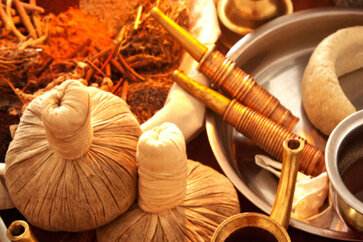










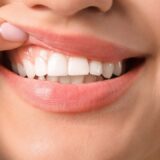





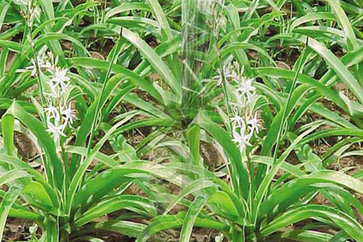
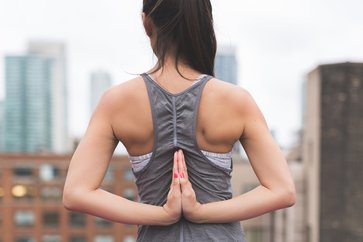





nice tips, along with that some diet changes might help as well. Like increasing the amount of drinking water or perhaps adding some nuts in the diet.
Really useful tips! I appreciate the natural and easy home remedies for reducing wrinkles without harsh chemicals.